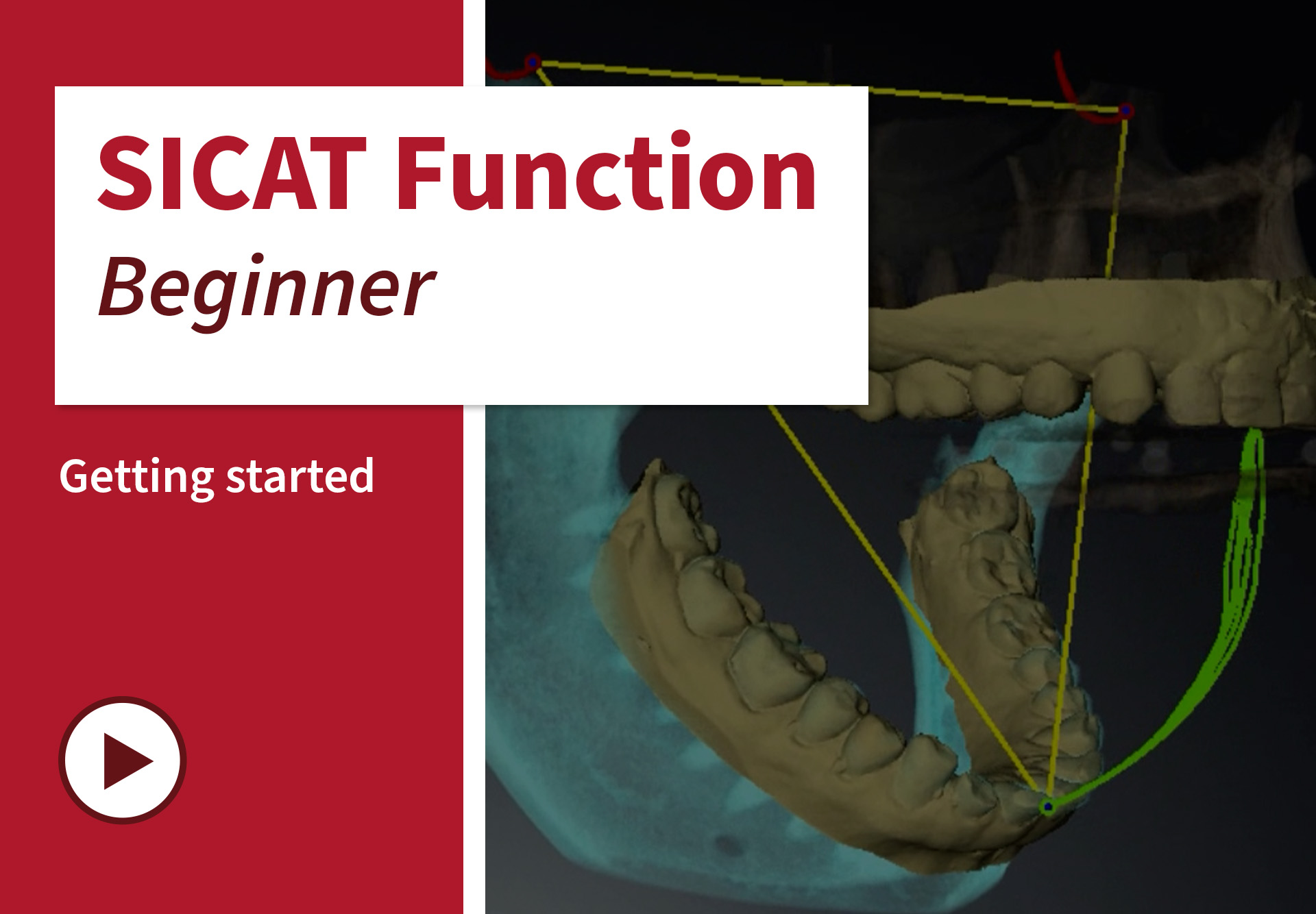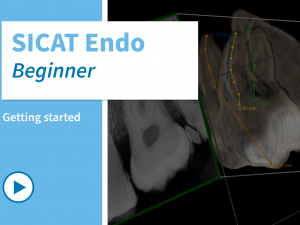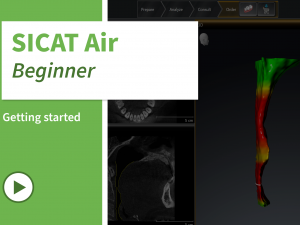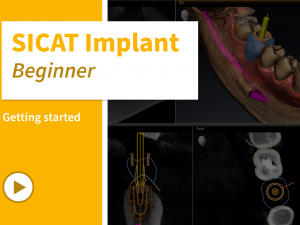SICAT Function - Individual Functional Prosthetics and Treatment
- Description
- Curriculum


Learn in this course about the capabilities of the SICAT Function software and how to make the most of them.
Discover the advantages of combining CBCT, optical impressions, and jaw motion data within a single software solution. Analyze individual jaw movement patterns based on your patient’s real anatomy. Learn how to determine articulator parameters directly in the software.
Additionally, gain valuable tips and guidance on how to adjust the image plane and order an STL design file for 3D printing or milling a therapeutic appliance, the SICAT DIGITAL OPTIMOTION.
After completing this course, you will know how to fully integrate 3D functional diagnostics and treatment planning options from the SICAT Function workflow into your daily clinical routine.
Contents
- Introduction to the SICAT Function software
- How to set the image plane
- How to register jaw motion data
- How to segment mandible
- How to register CAD/CAM data
- How to use 3D visualization after data matching
- How to setup the CEREC articulator with a CBCT scan showing the TMJs
- How to setup the CEREC articulator with a CBCT scan not showing visible TMJs
- How to determine the therapeutic position for ordering SICAT DIGITAL OPTIMOTION
- Overview of the SICAT JMT+ workflow
Target Group
Dentists with little or no experience in using 3D functional diagnostic software and those who are new to SICAT Function. This course is also ideal for anyone who simply wants to learn more about the capabilities of SICAT Function.
Additional information
Last Update: 2025-08-21
-
1Introduction to the SICAT Function software
Getting a brief introduction to the SICAT Function software.
-
2Setting the Image Plane
How to define an optimal image plane and optionally align it for future articulator programming.
-
3Registering Jaw Motion Data
How to register individual mandible movements and positions recorded with the Jaw Motion Tracker in SICAT Function.
-
4Segmenting the Mandible
How to segment the mandible and mandibular fossae in SICAT Function.
-
5Registering CAD/CAM Data
How to register optical surface scan data (e.g., .ssi, .sixd, or .stl files).
-
6Using the 3D Visualization after Data Fusion
How to use the matched data in SICAT Function for analysis and treatment planning.
-
7Setting up the CEREC Articulator with CBCT Showing TMJs
How to determine the necessary parameters for programming the CEREC articulator in SICAT Function using a CBCT scan with visible TMJs.
-
8Setting up the CEREC Articulator with CBCT Not Showing TMJs
How to determine the parameters for CEREC articulator programming when TMJs are not visible in the CBCT scan. This video covers additional steps beyond those shown in video 7.
-
9Determining the Therapeutic Position for Ordering SICAT DIGITAL OPTIMOTION
How to set a therapeutic jaw position in SICAT Function and order SICAT DIGITAL OPTIMOTION - an STL design file for 3D printing or milling a therapeutic appliance.
-
10SICAT JMT+ Workflow
How to use the Jaw Motion Tracker to record your patients’ individual lower jaw movements.





